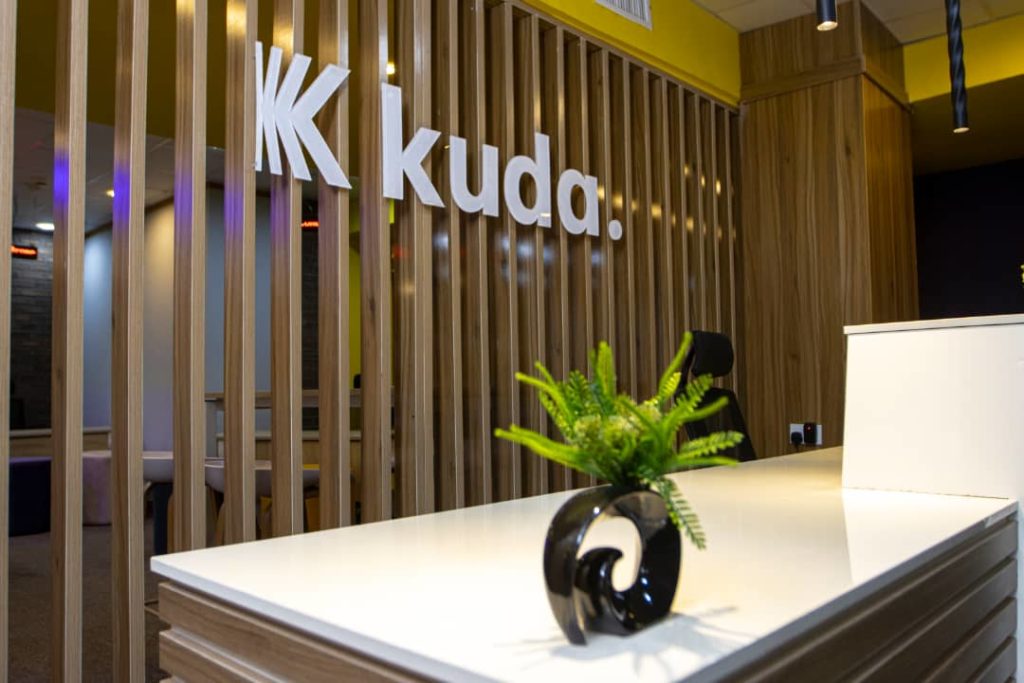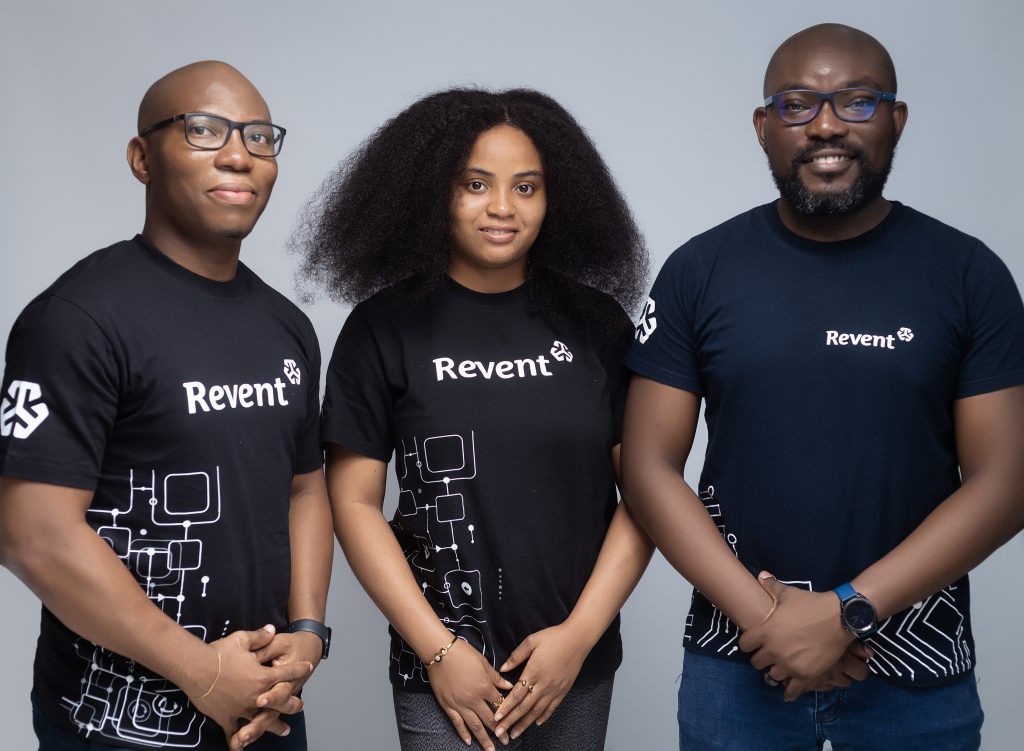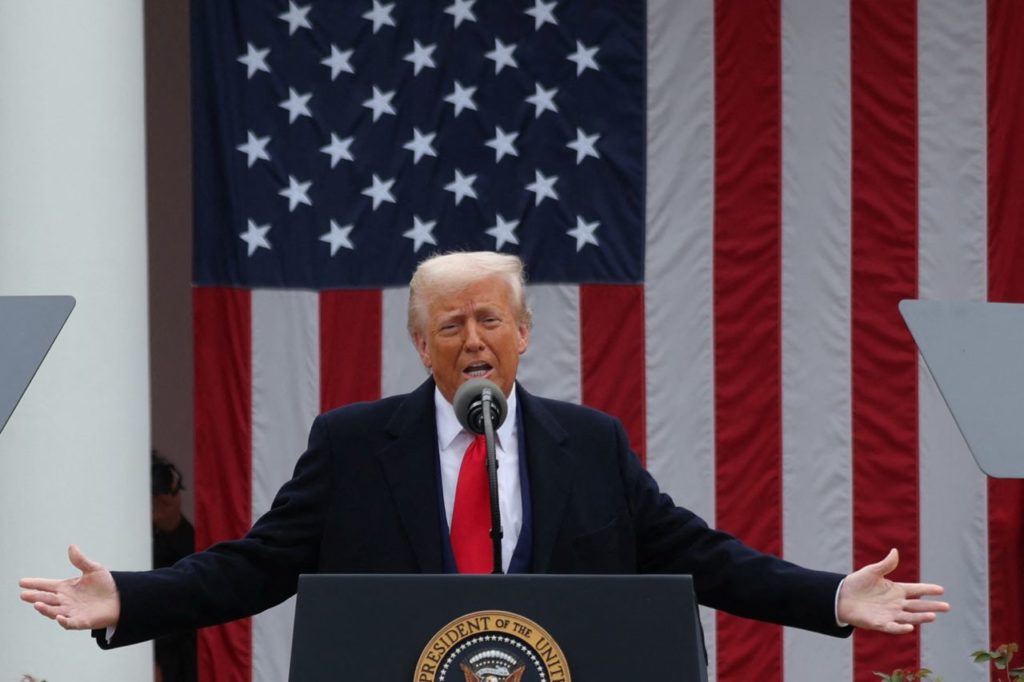“The reward for work well done is the opportunity to do more.”
The origin story of Factor[e] Ventures best exemplifies this statement by Jonas Stalk.
In 2010, a company wanted to modify car engines to reduce tailpipe emissions, thereby reducing the amount of pollution in India. So it approached a group of people who were working at the Energy Institute of Colorado State University to help them.
Amid efforts to modify the engine, the market got flooded with cheaper alternative engines that had better combustion and cleaner emissions. This meant the company had two options: try to compete in a more crowded market, or pivot. The company chose the latter, and, with help of a group of people which included Morgan DeFoort, they pivoted their know-how and technology towards making clean cookstoves.
Today, that company is known as Envirofit. When the pivot successfully happened Shell Foundation (one of Envirofit’s early funders) looked at the outcome and asked the trio if they could replicate the pivot with another company.
“Shell Foundation asked, ‘Can you identify early stage opportunities that could become viable commercial businesses in the future?’” Amanda Delcore, Director at Factor[e] said over a call with TechCabal.
This incident led to the creation of Factor[e] Ventures, a group of venture builders with the mission to take their technical skills and knowledge of markets like Southeast Asia, sub-Saharan Africa and India, to help invest in early-stage companies.
Delcore joined Factor[e] in 2016 and has since risen to become a director at Factor[e]. In this interview she shares insights on how Factor[e] invests in tech startups.
Daniel Adeyemi: Factor[e] seems to focus on non-conventional sectors. Why?
Amanda DelCore: Hmmm, that’s a fair conclusion. Ampersand is probably the most attractive and popular company in our portfolio. They do electric mobility.
But sanitation is definitely not attractive. We’re not investing in a widget to find the closest nail salon. What we are doing is looking at the sustainable development goals in the world, and, while there are a lot of different ways that people try to tackle them, some people try to tackle them through government policies or philanthropic efforts. We look at those goals and believe that the way to effect the most meaningful change is to invest in businesses whose core mission is about that development goal.
If we can get these companies to be profitable and scale, then we get a return on our investment and impact. That being said, the areas we invest in are big markets. The market for mobility and energy consumption is big. Agriculture is the primary source of GDP for most of the countries in sub-Saharan Africa, outside of, maybe, a few countries that export raw materials.
These are big markets, and it’s appropriate for venture capitalists to be playing in them. Our approach to making these investments has been very specific as our investments start with a thesis.
For example, we don’t just say we want to invest in post-harvest loss solutions. We say we want to invest in an ultra low-cost, shelf life extension technology that is not refrigeration. It’s those kinds of thesis statements that direct us towards what we seek.
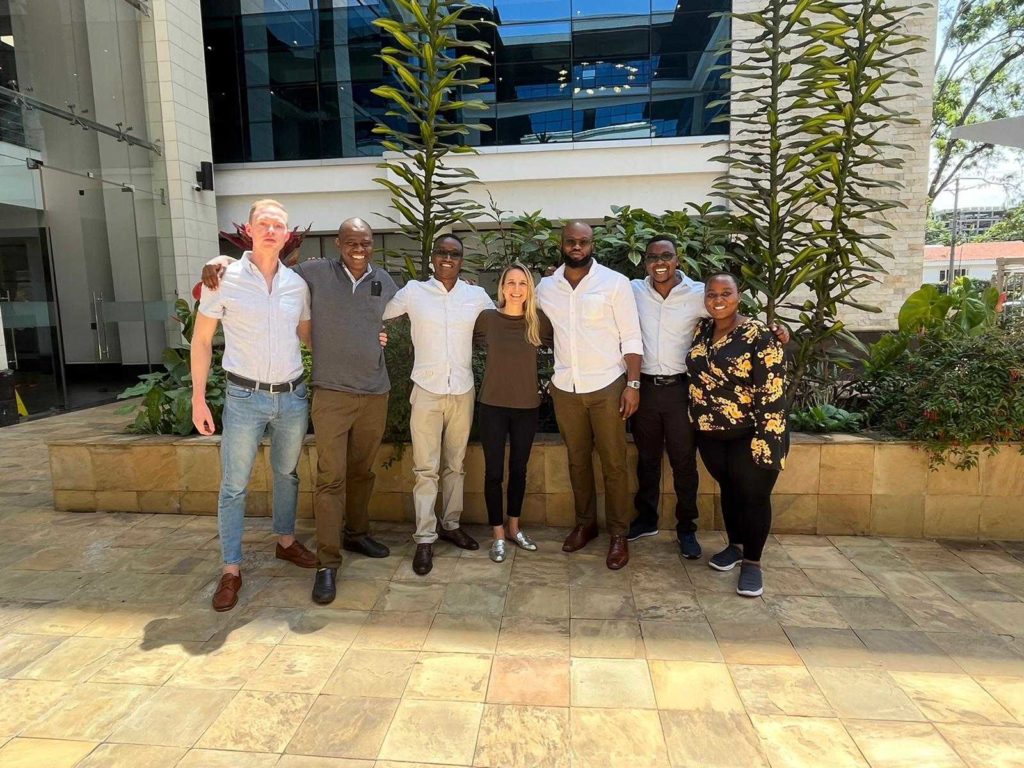
DA: What do you look out for before investing in these startups?
AD: Our ticket size is between $250,000–$750,000 for the seed stage. We look at very early-stage ventures. While there are companies we invest in at the seed stage, we also invest at earlier stages. We invest in early-stage companies that may not yet have a proof of concept or companies that have a proof of concept but need technical de-risking or business model de-risking to get to commercialisation.
So, it just depends on where the company is, and if we think that there’s a team there that can execute.
DA: I noticed you’ve invested in 23 companies over 5 years. Is that intentional?
AD: We’re not the kind of investor that makes 50 small bets a year. We make a much smaller number of bets and spend time and effort with them. As a result, the success rate of these companies continues to be very high. About 85% of our portfolio companies have gone on to raise further capital.
If there is a company or concept that is in a really early stage, without a formative team or proof of concept, we work with them to build it out. We have just launched the venture studio which is a practice out of Nairobi and is led by Lindsey Holly handler, who was formerly the CEO of Phoenix in Uganda. The venture studio will be taking these very early-stage businesses or concepts, running them through a tight and lean process to figure out if there is an investable business.
One example of how we’re doing this with the venture studio today is our recent pilot of a sanitation technology that continuously removes and dries sludge from pits and toilets. This is actually a huge win because it reduces the pathways for viruses and solves the problem around pits being filled up. It also reduces the amount of waste that’s transported, so less greenhouse gas emissions are created from moving sludge from one place to another place.
DA: That’s a very intentional approach.
AD: Yes. I’d also add that I think, in the first couple of years of Factor[e], there was a lot of setting things up and figuring out how they were going to go about helping companies. We had to agree on what the funding structure was going to be like creating an investment thesis in the first place. And so, I would say, the majority of our investments have happened in like the last 4 years. But, in all, it is fair to say we invest a larger ticket size and invest in fewer companies per year in order to spend a lot more time with them.
DA: Fair enough. How long does it take to decide on investing in a company?
AD: Our process could take 60–90 days from the first real conversation to investment commitment. That being said, it can always move faster if everything is set up. There are companies that don’t really have all the answers yet and so it takes more time to work with them. It’s most likely because many of these founders are first-time founders.
This is an open call to founders with experience to work on solving problems in markets that aren’t so attractive but really make a difference. It’s difficult to make a bet on the team, when most of the founders that we look at are first-time founders. I think that’s starting to change a little bit, and so we might be able to start looking at teams and trust them to figure it out, considering that they know how to raise capital and run a business.
In addition, one of the reasons I think there are other investors or grant-issuing institutions that follow on to invest in our portfolio or issue a grant is because we spend the time to de-risk the companies we invest in. We are thoughtful and not like the handshake-deal type of investor, as fun as that would be.
Interestingly, we were recently just talking about how we can increase our time to close without sacrificing quality. This is because it’s been studied that the more hours you spend on a deal, the better your returns are. There’s a study on angel investors that says, if they spent more than 40 hours on due diligence, they would have at least 2.5x or 3x returns. But for investors that spent more than that, the average returns were 7x.
DA: Hmm interesting. So, what are some red flags you look out for when investing?
Husband-and-wife founding teams. The thinking behind this is that building and leading a startup is challenging. I think a CEO or an entrepreneur needs a support system—whether its family or friends—that’s outside of their work bubble.
In addition to that, it’s important to point out that we as investors need to be conscious about the human aspect of running a startup. For example, I once spent about 8 months with one of our portfolio companies (60 Hertz) as a product manager, just because I wanted to understand their day-to-day activity. Doing that gave me a better understanding and appreciation of the amount of effort and time that’s put into the companies and the pace at which they operate. As an investor, I think you can dream all you want about the long-term vision of the business and where they should go and what they should do. But to get a better sense of what we need to do tomorrow so that the company survives the next month, we ought not to get too separated from the founders.
The potential we look out for is progress over time. It’s important that a company solving a problem is making significant progress. A long time between getting the technology ready and getting it into the market is a red flag.
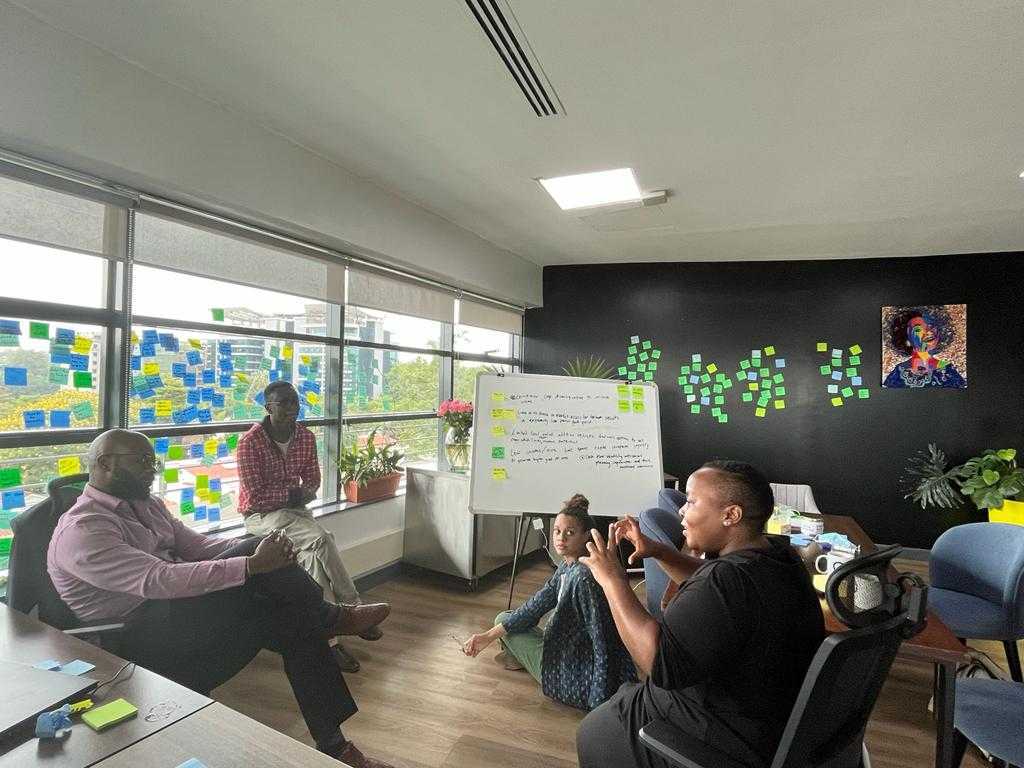
DA: What are some market trends you notice or look out for?
AD: The emphasis on greenhouse gas reduction and interest in clean tech globally is filtering into our markets.
It’s a good move for our portfolio companies, which are typically in support of the reduction of greenhouse gas emission, because I think we’re going to start to see the introduction of and more participation in voluntary markets for carbon credits. And that could become another revenue stream for the businesses that are operating in the electricity, utilities, or mobility space. The carbon trading market will see more participants.
Certainly the tailwinds of electric vehicles worldwide is making the case for electrifying all transportation, especially as I’m seeing more companies in sub-Saharan Africa do this. But I don’t think it makes sense to electrify everything. I think that it only makes sense for bikes or tricycles that have either a known route or a very small footprint of operation. It makes sense because you don’t get the range anxiety and are able to operate within a sphere that you can reasonably get around.
Lastly, there’s a lot more global investor interest in agritech. And so I think we’re going to start to see more exits and more investment from the global marketplace into agritech on the continent, which would be fantastic.





![Beyond investing in startups, Factor[e] is de-risking them for other investors](https://c76c7bbc41.mjedge.net/wp-content/uploads/tc/2022/03/Ask-an-investor-Factore-1.png)

